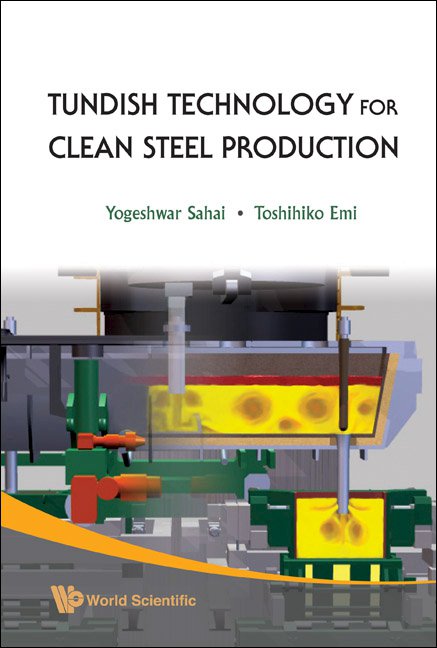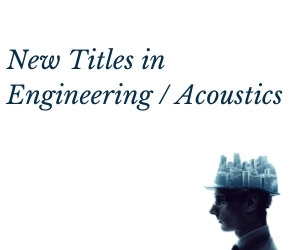System Upgrade on Tue, Oct 25th, 2022 at 2am (EDT)
Existing users will be able to log into the site and access content. However, E-commerce and registration of new users may not be available for up to 12 hours.For online purchase, please visit us again. Contact us at [email protected] for any enquiries.
Continuous casting of steel has become a widely used process and an important step in steel production. The worldwide share of continuously cast steel has increased significantly in the last 25 years or so. However, concurrent with this increase in production levels are stringent quality requirements that have become crucial in the face of progressively increasing machine throughputs and larger product dimensions. As a result, steel cleanliness and strict composition control are now the primary concern of steelmakers.
The tundish is the last metallurgical vessel through which molten metal flows before solidifying in the continuous casting mold. During the transfer of metal through the tundish, molten steel interacts with refractories, slag, and the atmosphere. Thus, the proper design and operation of a tundish are important for delivering steel of strict composition and quality. This pioneering book is the first of its kind to cover all aspects of tundish technology, ranging from fundamental aspects and theory necessary for understanding the basic concepts of tundish operations to operational aspects of the tundish. Written by internationally recognized experts in continuous casting technology in general and tundish technology in particular, this book is sufficiently fundamental to serve as a graduate-level textbook on process metallurgy or as an important reference for metallurgical researchers; at the same time, it is comprehensive enough to contribute to the understanding of scientists and engineers engaged in research and development in the steel industry.
Sample Chapter(s)
Chapter 1: Introduction (2,086 KB)
Contents:
- Non-Metallic Inclusions
- Review of Fluid Flow and Turbulence
- Fluid Flow Characterization
- Modeling of Melt Flow
- Tundish Operation
- Melt Temperature Control
- Recent, Emerging, and Novel Technologies
Readership: Undergraduate and graduate students in process metallurgy as well as researchers in steel and metallurgical production.
Sample Chapter(s)
Chapter 1: Introduction (2,086k)














